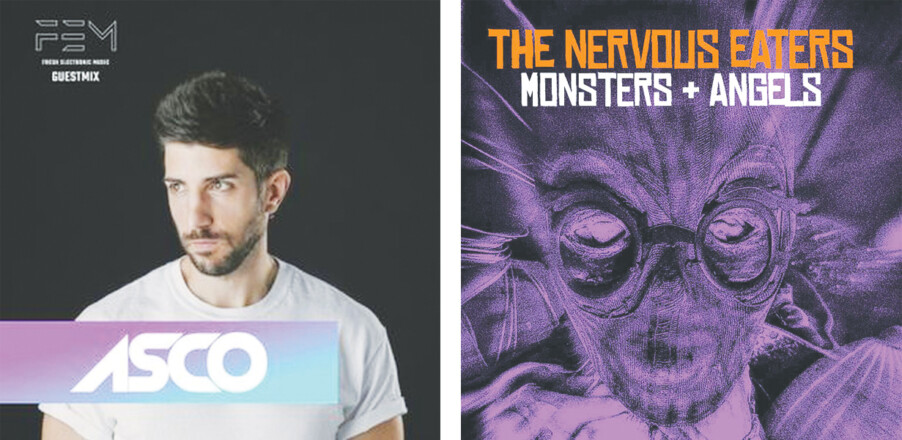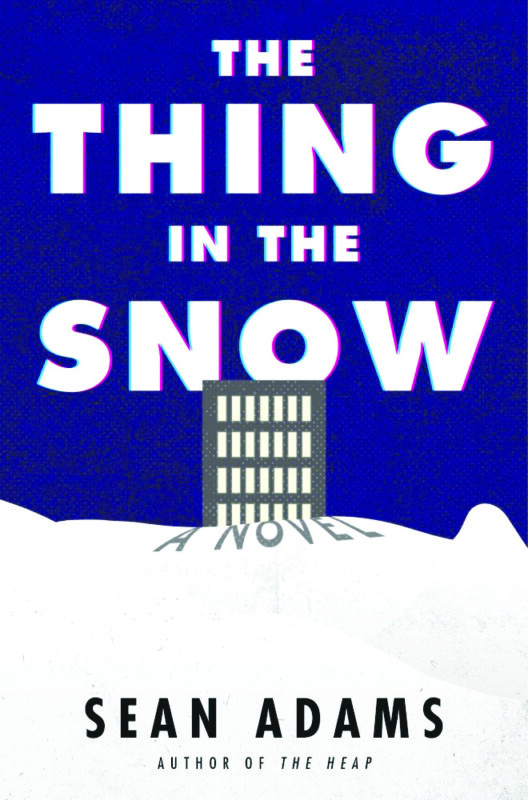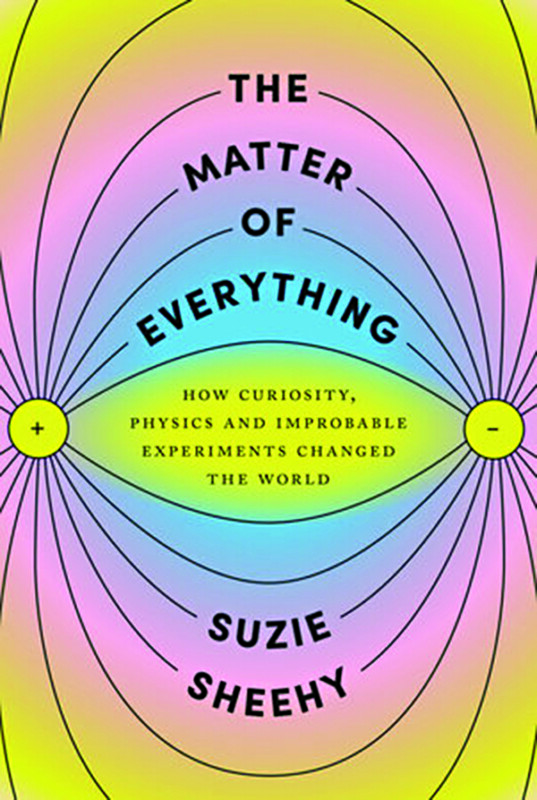The Matter of Everything, by Suzie Sheehy (Knopf, 320 pages)
If you’ve been on this planet for more than two decades and have decent health insurance, you’ve probably had an X-ray at some time. However, you may not have given any thought as to how the technology came about unless it was required on a test.
Suzie Sheehy, an Australian physicist, is here to forgive and redeem the incurious with a surprisingly engaging book that delves into 12 experiments that radically upended the world. While “read a science book by a particle accelerator physicist” might not be on your bucket list, The Matter of Everything is an easily digestible dive into advances in physics that will be especially useful for anyone who struggles to define a quark.
Sheehy didn’t plan on a career in physics; she was studying civil engineering in college when she was invited to an overnight astronomy event at the Leon Mow Dark Sky Site not far from Melbourne. (Dark sky preserves are places where you can see much more of the galaxy because of the absence of artificial light.)
There Sheehy saw Saturn’s rings and the arc of the Milky Way and experienced a recalibration of what she thought about the universe. She writes, “I wanted to know how it was all connected and how I was connected with it. I wanted to know if there really was a theory of everything. I felt deeply that all this mattered, that it mattered to me as a human, that understanding this was a goal big enough that if I managed it even a little bit, I’d not have wasted my blip of time as a conscious being.”
She changed course and began studying particle physics — how particles form, transform and behave. And her interest in connectivity eventually helped to shape this book, as she connects historical dots to show how some of the most ground-breaking advances have come about not from the “lone genius theorizing at a desk” but by stubborn and curious scientists who were determined to figure out something that stumped them.
Take, for example, the X-ray.
A German scientist named Wilhelm Rontgen was working with cathode rays (observable streams of electrons) when he noticed a green-colored glow coming from the other side of his lab. The light disappeared when he turned the cathode ray tube off, but remained when he covered the tube with black paper. He became obsessed with figuring out what was happening, and discovered that the strange light would leave shadows of what it passed through.
Rontgen had dark hair that protruded from his forehead “as if he were permanently electrified by his own enthusiasm” and was a shy loner ill-prepared for the fame that would find him when he began telling the world about the discovery of this new kind of ray, to which he assigned the letter “X,” to denote “unknown.”
While conducting experiments, “He spent seven intense weeks in his lab, occasionally being reminded to eat by his wife, Anna Bertha.” He used his wife’s hand to test what happened when the ray passed over a human limb and an image of her bones and wedding ring showed up.
Writes Sheehy: “According to legend, when Bertha saw the bones in her hand, she exclaimed, ‘I have seen my death!’ and never set foot in her husband’s lab again.”
Rontgen soon realized how transformative his discovery would be in medicine, and he made the first public presentation of his findings to a medical society. It marked the first time that doctors would be able to see inside the human body without cutting it; within a year, X-rays would be used to find shrapnel in wounded soldiers on battlefields.
Of course, with one being born every minute, as P.T. Barnum would say, X-rays quickly seized the public imagination in non-medical ways. “X-ray-proof” underwear and “X-ray glasses” would soon be for sale by unscrupulous entrepreneurs.
Sheehy (or her editors) was smart to begin with the X-ray experiment, since that is something to which most people can easily relate. She has to work a bit harder to get us to care about the origins of, say, cloud chambers or the linear accelerators that led to the discovery of quarks. But she is a good storyteller despite her formidable intellect and weaves in the sort of detail that humanizes her subjects and holds our attention.
We might not, for example, be as intrigued by the origin of the nuclear theory of the atom until we learn that it was developed by a man who believed that “swearing at an experiment made it work better” and thus cussed his way into changing what we previously believed about the composition of atoms.
Or that technology that dates historical artifacts was developed, in part, because contemporary physicist Charles Bennett bought an $80 violin at a New York flea market and was determined to find out if it was a famed Stradivarius instrument made in Italy.
This is not to say that the entire book is riveting to people who aren’t conversant in physics. For the science-impaired, it can go from fascinating to bewildering in the span of 10 seconds. I have lived many decades on this planet without once using “muon” in a conversation and don’t expect that to change even though I now know that muography is a thing and muons are apparently going to assure the structural integrity of our bridges in the future.
And while I understand in principle the importance of the Large Hadron Collider, which in 2012 confirmed the existence of the Higgs boson particle, I take it on faith, much like I take on faith that my air fryer will not explode no matter how loud it gets.
Disappointingly, Sheehy did not help me to wax eloquent on these subjects, nor did she convince me that with just a little more study I, too, could explain the Standard Model of particle physics to an innocent bystander.
That said, I am a little bit smarter for having read this book, my eyes having been opened to many more things that I know embarrassingly little about. There are about 13,000 particle physicists in the world, and they are just like you and me except that they spend their time using ion traps to mimic particle accelerators. Whatever that means. B








